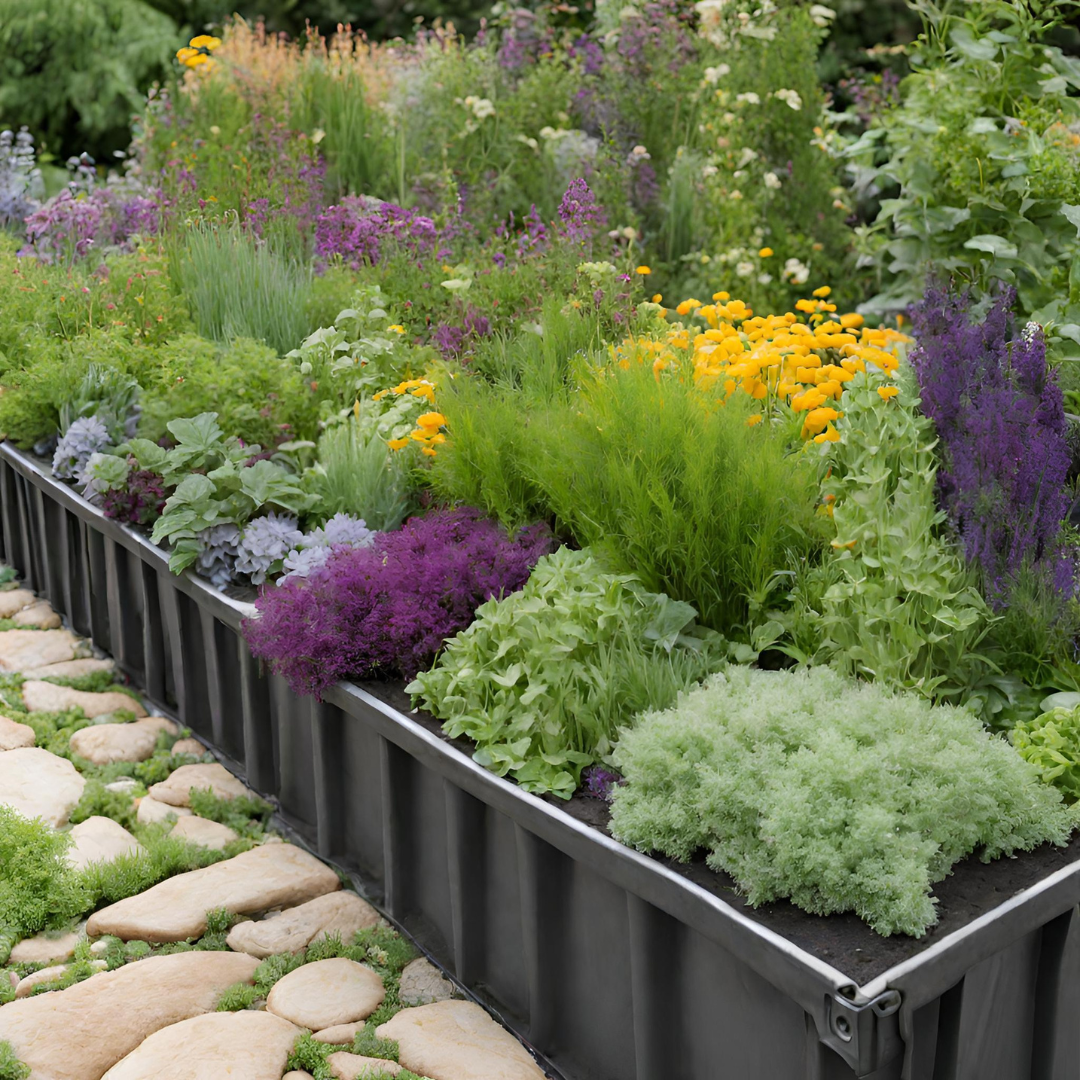Creating an Edible Landscape with Containers
In recent years, the concept of edible landscapes has gained significant popularity among homeowners and garden enthusiasts. The idea of utilizing plants that not only provide beauty but also serve as a source of food has captured the imagination of many. However, not everyone has access to a spacious garden or yard to create a traditional edible landscape. This is where container gardening comes into play, offering a practical solution for those with limited space.
Container gardening is an excellent way to transform small spaces, such as balconies, patios, or even windowsills, into thriving edible landscapes. With careful planning and consideration, you can maximize your growing area and enjoy the satisfaction of growing your own food even in tight quarters.
The first step in creating an edible landscape with containers is selecting the right containers themselves. Opt for containers that are large enough to accommodate the roots of your chosen plants while still fitting comfortably within your available space. Ensure they have proper drainage holes to prevent waterlogging, which can harm plant roots.
Once you’ve chosen your containers, it’s time to select your desired plants. The beauty of container gardening lies in its versatility; you can cultivate a wide variety of edible plants that suit your taste and preferences. From herbs like basil, mint, and parsley to vegetables like cherry tomatoes, peppers, and lettuce – the options are nearly limitless.
Consider creating a visual arrangement by combining plants with different heights and aesthetic qualities. For example, you could place a tall tomato plant at the back of your container while surrounding it with colorful lettuce varieties or cascading herbs along the edges. This way, you not only create an aesthetically pleasing display but also optimize space utilization.
Proper care is crucial for cultivating a successful edible landscape in containers. Start by choosing high-quality potting soil enriched with organic matter and nutrients. Regular watering is essential since containers tend to dry out faster than gardens in open ground. Always check the moisture level of the soil and water as needed, being careful not to overdo it, as excessive watering can lead to root rot.
Remember to fertilize your container plants regularly, as they consume nutrients more quickly compared to plants in traditional gardens. Organic fertilizers or slow-release granules are excellent choices for providing a steady and balanced supply of nutrients without risk of overfeeding.
Pest control is another aspect to consider when creating an edible landscape with containers. Monitor your plants regularly for signs of pests or diseases and take appropriate action immediately. This could involve using natural pest control methods such as companion planting, introducing beneficial insects, or even manually removing pests. By staying attentive and proactive, you can mitigate potential damage and maintain healthy plants.
Finally, harvesting the fruits (or vegetables) of your labor is the most rewarding part of an edible container garden. As soon as your plants yield ripe produce, gather them frequently to encourage continual growth. Not only will you savor the satisfaction of eating something you’ve cultivated yourself, but you’ll also benefit from improved taste and higher nutritional value compared to store-bought options.
Creating an edible landscape with containers allows everyone – regardless of available space – to enjoy the beauty and bounty that nature has to offer. By carefully selecting containers and plants, providing proper care, and staying vigilant against pests, you can transform any small area into a thriving oasis of fresh produce right at your fingertips. So why not embark on this exciting gardening journey today? Your taste buds will thank you!














